About Rosemount 5300 Level Transmitter
A guided wave radar that excels in almost any application, no matter how tough. Perfect for challenging measurements, the Rosemount™ 5300 provides great reliability and safety features for both liquid and solids level applications.

























